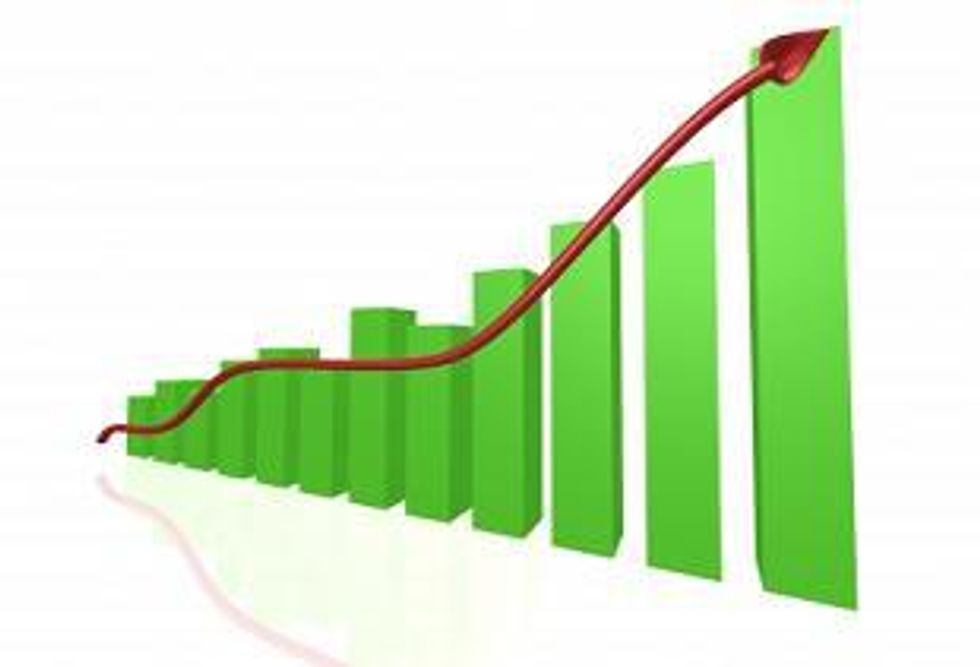- AustraliaNorth AmericaWorld
Investing News NetworkYour trusted source for investing success
- Lithium Outlook
- Oil and Gas Outlook
- Gold Outlook Report
- Uranium Outlook
- Rare Earths Outlook
- All Outlook Reports
- Top Generative AI Stocks
- Top EV Stocks
- Biggest AI Companies
- Biggest Blockchain Stocks
- Biggest Cryptocurrency-mining Stocks
- Biggest Cybersecurity Companies
- Biggest Robotics Companies
- Biggest Social Media Companies
- Biggest Technology ETFs
- Artificial Intellgience ETFs
- Robotics ETFs
- Canadian Cryptocurrency ETFs
- Artificial Intelligence Outlook
- EV Outlook
- Cleantech Outlook
- Crypto Outlook
- Tech Outlook
- All Market Outlook Reports
- Cannabis Weekly Round-Up
- Top Alzheimer's Treatment Stocks
- Top Biotech Stocks
- Top Plant-based Food Stocks
- Biggest Cannabis Stocks
- Biggest Pharma Stocks
- Longevity Stocks to Watch
- Psychedelics Stocks to Watch
- Top Cobalt Stocks
- Small Biotech ETFs to Watch
- Top Life Science ETFs
- Biggest Pharmaceutical ETFs
- Life Science Outlook
- Biotech Outlook
- Cannabis Outlook
- Pharma Outlook
- Psychedelics Outlook
- All Market Outlook Reports
The reduction of export quotas from China, the world’s leading producer of the metal helped the price nearly triple over the course of the year. Recent reports from China have the quotas increasing nearly 10 percent for the first half of 2011. What will be the major stories for the tungsten market in 2011?
By Michael Montgomery—Exclusive to Tungsten Investing News
Tungsten, essential to the drills used in mining operations, and used primarily as a steel hardener, had a positive and steady rise in 2010. The rise in price was based on supply and demand fundamentals. China, which produces and consumes the majority of the metal reduced exports in 2010, helping the price for the metal rise from $120/mtu in December 2009, to around $320/mtu earlier this month. Export quotas were reduced in 2010, which has drawn fire, and hints of a WTO dispute, from the US, Europe and Japan. Feeling the heat, the Chinese have raised the quota on antimony and tungsten in 2011. The move may be a way to reduce attention on the further reduction of export quotas for rare earths. The demand for the metal is to remain strong for 2011, which will continue firm prices for the metal.“The metal has seen its prices soar by quarter over the past month and half. The rising prices are due to future supply risks resulting from the concentration of production to a handful of suppliers, combined with a lack of substitutes and lower recycling rates. The situation is so alarming that the European Commission’s effort to secure sustainable supply of these metals has resulted in the establishment of an expert group,” stated Daniel Harris, the head of trading at H2O Markets.
The reduction of export quotas will not remain in first half of 2011, which may hold power over the price in the coming year. For the first half of 2010, the export quota for tungsten was 2,819 tonnes. In the first half of 2011, the export quota will be raised about 10 percent to 3,095 tonnes. The rise may come as a surprise to most market watchers, as rumors of decreasing exports have been circulating. This move may be a way to profit from increasing economic activity as raising prices. It may also be a move to reduce the level of scrutiny towards Chinese trading practices. The 10 percent increase will affect supply, but increasing demand may keep prices from sliding.
China is also rumored to be looking into creating a strategic reserve of many metals including tungsten. This stockpile creation may add another dimension to demand side of the equation that was not there in 2010.
The inclusion of tungsten as a conflict mineral in the Frank-Dodd Securities Act passed by the US congress will also affect the market in 2011. The bill requires manufacturers of products to report minerals sourced mainly from the Democratic Republic of Congo. Tin, Tungsten, Tantalum and Gold are the focus of the bill, and companies have been racing to secure supplies in order to meet the March 2011 deadline. There are no penalties for using minerals sourced from conflict zones, just a transparent reporting scheme. The reduction of supply coming from Congo is minor, as the nation only accounts for 2 to 4 percent of world supply.
Most analysts predict a strong 2011 for tungsten as supply is stretched thin, and demand is warming back up in western economies. With the increase in exports coming from China, at least in the first half of 2011, prices may stagnate from the impressive gains in the later half of 2010. The possible creation of China’s strategic stockpile, and export quota numbers for 2011 may be the most important stories for tungsten to look for on Tungsten Investing News in 2011.
Outlook Reports
Featured Critical Metals Stocks
Browse Companies
MARKETS
COMMODITIES
| Commodities | |||
|---|---|---|---|
| Gold | 2387.07 | +4.22 | |
| Silver | 28.44 | +0.27 | |
| Copper | 4.37 | +0.04 | |
| Oil | 84.86 | -0.50 | |
| Heating Oil | 2.64 | -0.01 | |
| Natural Gas | 1.67 | -0.06 | |
Investing News Network websites or approved third-party tools use cookies. Please refer to the cookie policy for collected data, privacy and GDPR compliance. By continuing to browse the site, you agree to our use of cookies.
